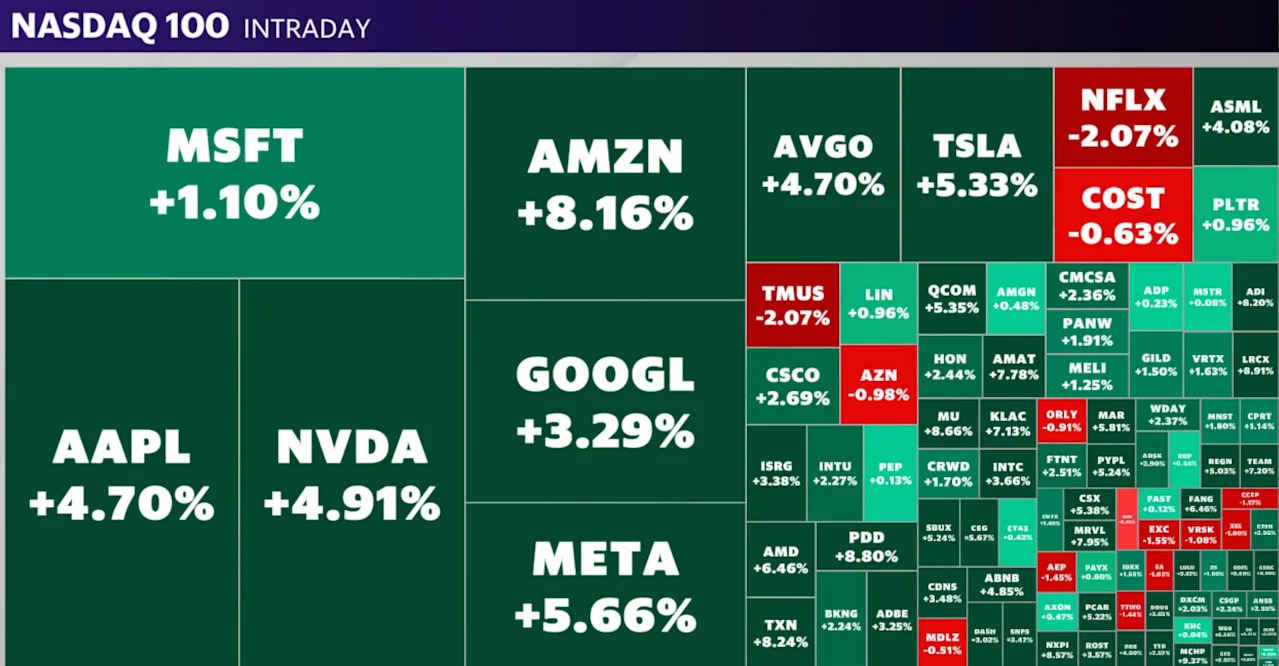Dow Jones Industrial Average Surges: What the Latest Gains Mean for Investors

The Dow Jones Industrial Average made headlines recently after a dramatic surge, capturing the attention of investors and financial analysts around the world. In this article, we'll explore what drove this rally, how other indices responded, and what it all means for your investment strategy.
The Surge Explained: Dow Jones Reacts to US-China Trade News
On Monday, the Dow Jones Industrial Average soared by more than 900 points following news of a breakthrough in US-China trade negotiations. Both countries agreed to slash most reciprocal tariffs for a 90-day period, providing much-needed relief to markets that had been rattled by ongoing trade tensions. This move also sparked significant gains across the S&P 500 and the Nasdaq, underscoring the influence of global trade policies on the US stock market. Yahoo Finance reported the surge, highlighting the Dow’s 2.2% jump, which equates to more than 900 points in a single session.
Sector Shifts: Tech and Retail Outperform
The Dow’s gains reflected strong investor confidence, especially in sectors affected by tariffs. Big Tech names like Amazon, Apple, and Nvidia rallied on hopes that relaxed tariffs would benefit supply chains and sales. Retail stocks, which source many goods from China, also jumped in response to the deal. For deeper analysis on how China tariffs are impacting retail, see Barron's coverage.
Meanwhile, commodities responded with oil prices rising and gold prices retreating, as risk appetite replaced caution. Pharmaceutical stocks saw contrasting fortunes, falling after US policy moves to reduce drug prices, as detailed in the same Yahoo Finance article.
Why the Dow Jones Industrial Average Matters Now
Movements in the Dow Jones Industrial Average serve as a bellwether for broader economic sentiment. Monday’s surge is a clear signal that market participants are optimistic about short-term growth, thanks to lower trade costs and renewed hopes for a lasting resolution between the US and China. The Dow’s spike also lifted investor spirits, supporting potential for a so-called V-shaped recovery, as noted by market strategists in this detailed report.
In addition, the tariff truce had an unexpected effect on US politics, with some analyses pointing to a boost in the President’s approval numbers as a result of the improved market mood. For further insights, see this Fox News discussion.
What’s Next for Investors?
While the 90-day tariff pause offers immediate benefits, it's important to note that long-term uncertainties remain. Analysts emphasize staying selective and focusing on companies less exposed to tariff fluctuations. Diversification and a keen eye on global policy changes will be key as negotiations continue.
The Dow Jones Industrial Average will remain a crucial indicator to watch. As the situation evolves, investors should stay alert to new developments in both trade policy and corporate earnings. By monitoring these market shifts, you can adapt your investment approach and seize emerging opportunities.
Conclusion:
The Dow’s recent surge demonstrates the powerful impact of global events on the market. Stay informed, review sector-specific analysis, and adjust your strategy to navigate these dynamic times confidently.